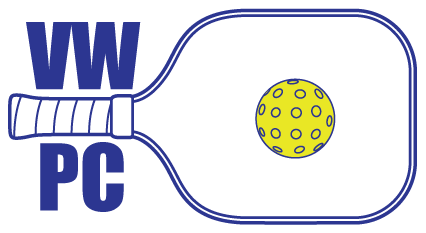Learning Pickleball: 3 Key Steps for Beginners
Pickleball is one of the fastest-growing sports in the world, known for its accessibility, social nature, and fun factor. If you’re new to pickleball and looking to get started, here are three essential steps to help you build a solid foundation and enjoy the game from day one.
1. Get to Know the Basics: Court, Equipment, and Rules
Familiarize Yourself with the Court Layout: Pickleball is played on a smaller court than tennis, with a net that’s 34 inches high at the center. Understanding the "kitchen" or no-volley zone (a 7-foot area on either side of the net) is crucial, as it has special rules to prevent aggressive net play.
Choose the Right Equipment: Start with a lightweight paddle and an official pickleball (a perforated, plastic ball similar to a Wiffle ball). If you’re unsure, local clubs often have loaner paddles for beginners.
Learn the Basic Rules: Pickleball is played either as singles or doubles. Key rules include serving underhand, keeping the ball in play without bouncing in the no-volley zone, and following the unique “two-bounce” rule, which requires the ball to bounce once on each side before volleys are allowed.
2. Focus on Your Footwork and Positioning
Move with Purpose: Good footwork and positioning are more important than hitting hard. The goal is to be balanced and ready for each shot. After serving, move to the “transition zone” (midcourt) and then aim to get to the non-volley line (kitchen line), as most points are won at the net.
Avoid Being Caught in “No-Man’s Land”: This area (between the baseline and the kitchen line) is where you are most vulnerable. Aim to position yourself either at the baseline (to receive deep shots) or close to the kitchen line (for dinks and volleys).
Communicate with Your Partner: In doubles, communication is key. Establish a strategy, decide who covers which shots, and avoid crowding the same area.
3. Develop Core Shots and Practice Consistency
Start with the Serve: A legal serve must be underhand and land diagonally in the opponent’s service box. Work on keeping serves deep and accurate to reduce your opponent’s offensive options.
Master the Return of Serve: Your goal here is to hit a deep, controlled return, allowing you and your partner time to approach the net.
Practice Dinking and Drop Shots: The “dink” is a soft shot landing just over the net in the kitchen. Drop shots are used to neutralize your opponent’s power, allowing you to move forward. These softer shots require patience and finesse but are key to winning more points.
By focusing on these three areas, you’ll build a strong foundation for your pickleball game. Remember, pickleball is about having fun and improving over time—so enjoy the journey, celebrate small wins, and don’t be afraid to ask for tips from more experienced players!

